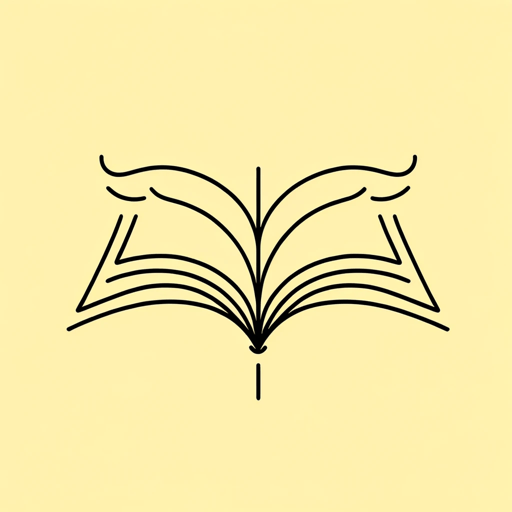31 pages • 1 hour read
J. R. R. TolkienOn Fairy-Stories
Nonfiction | Essay / Speech | Adult | Published in 1939A modern alternative to SparkNotes and CliffsNotes, SuperSummary offers high-quality Study Guides with detailed chapter summaries and analysis of major themes, characters, and more.
Important Quotes
“There are, however, some questions that one who is to speak about fairy-stories must expect to answer, or attempt to answer, whatever the folk of Faerie may think of his impertinence. For instance: What are fairy-stories? What is their origin? What is the use of them? I will try to give answers to these questions, or such hints of answers to them as I have gleaned—primarily from the stories themselves, the few of all their multitude that I know.”
(Page 109)
In these lines, Tolkien lays out the organizational structure for his essay and the primary rhetorical strategy he plans to use to persuade his audience. As Tolkien goes about answering the three questions, he does so using allusions to fairy-stories themselves, or to stories that have been given that label.
“Yet I suspect that this flower-and-butterfly minuteness was also a product of ‘rationalisation’, which transformed the glamour of Elf-land into mere finesse, and invisibility into a fragility that could hide in a cowslip or shrink behind a blade of grass. It seems to become fashionable soon after the great voyages had begun to make the world seem to narrow to hold both men and elves.”
(Page 111)
Here Tolkien introduces an argument that he later picks up when he discusses Children and the Fairy-story: Adult readers infantilize ideas or stories they don’t want to read. For example, here, Tolkien claims that adult readers “shrank” the importance of fairy-stories because they did not fit into the narrow world men created.
“The definition of a fairy-story—what it is, or what it should be—does not, then, depend on any definition or historical account of elf or fairy, but upon the nature of Faerie: the Perilous Realm itself, and the air that blows in that country.”
(Page 114)
This is the culmination of Tolkien’s first major point: Fairy-tales do not necessarily involve actual fairies or fairy creatures, but rather contain qualities inherent to Faeries such as mystery, fantasy, and the fulfillment of human desire. This is also an example of Tolkien’s use of imagery, where he uses the image of the “air that blows in that country” to describe the characteristics and qualities of the place called Faerie and the idea of Faerie.
Related Titles
By J. R. R. Tolkien

Farmer Giles of Ham
J. R. R. Tolkien

Leaf by Niggle
J. R. R. Tolkien
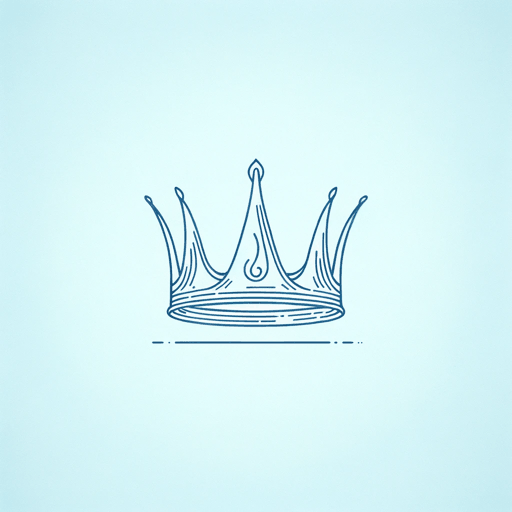
Return of the King
J. R. R. Tolkien
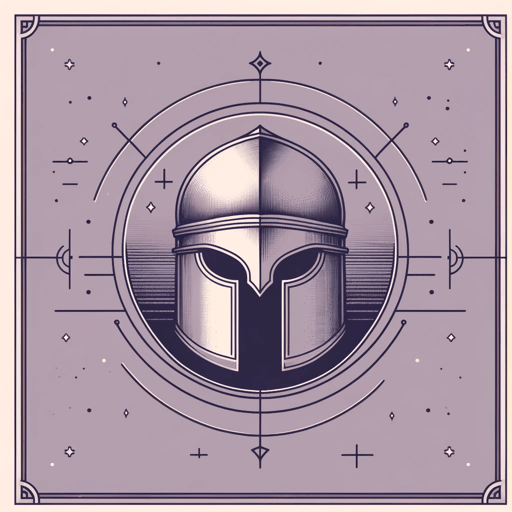
The Children of Húrin
J. R. R. Tolkien
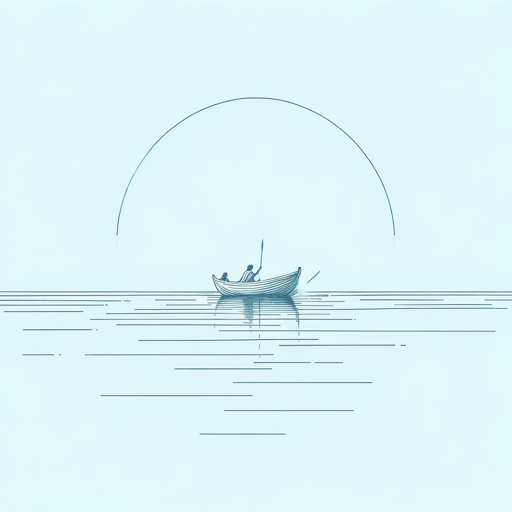
The Fellowship of the Ring
J. R. R. Tolkien
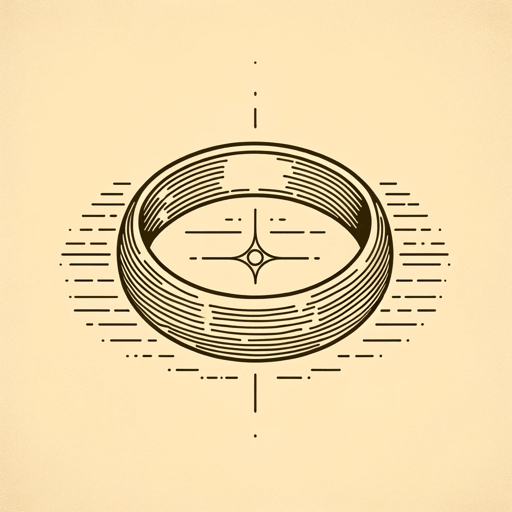
The Hobbit
J. R. R. Tolkien
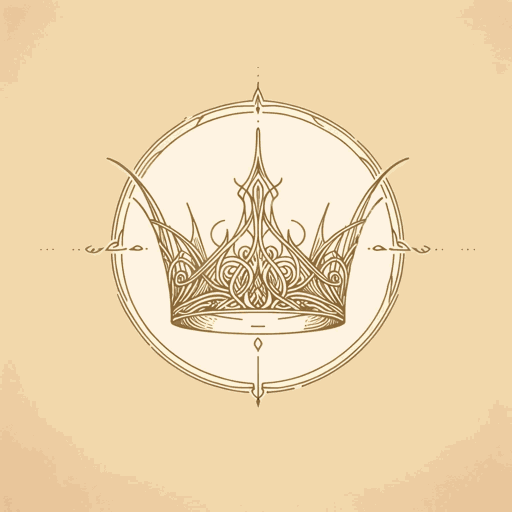
The Silmarillion
J. R. R. Tolkien
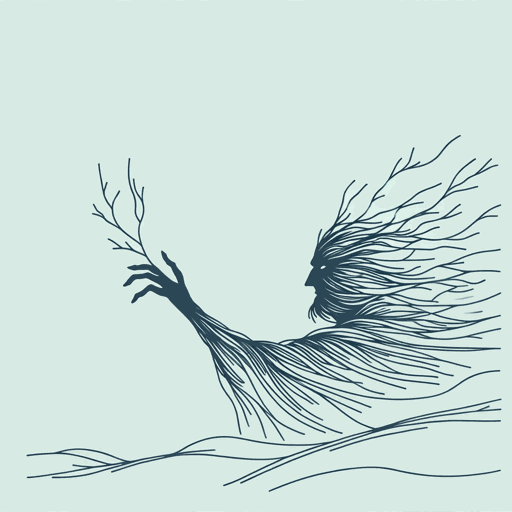
The Two Towers
J. R. R. Tolkien
